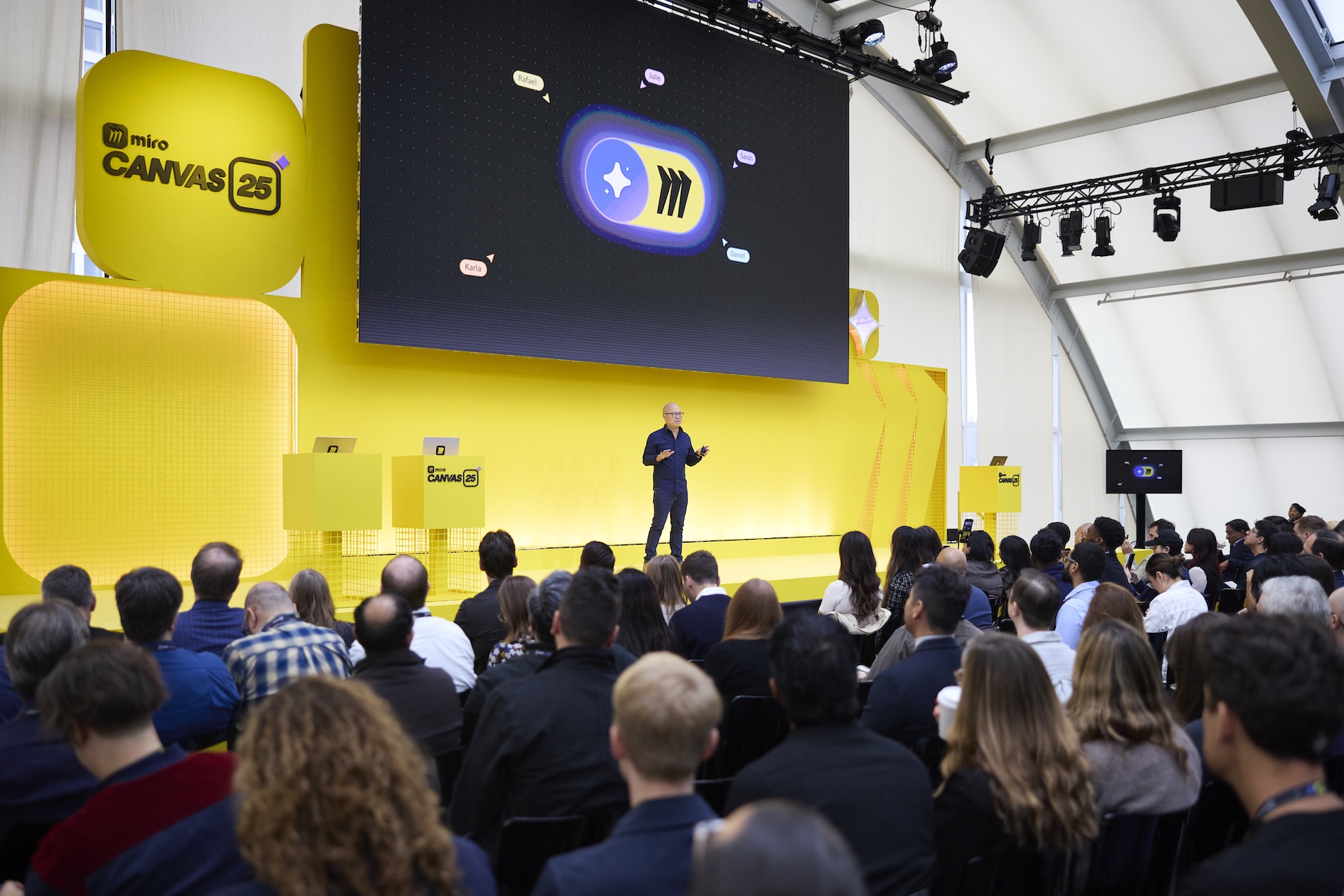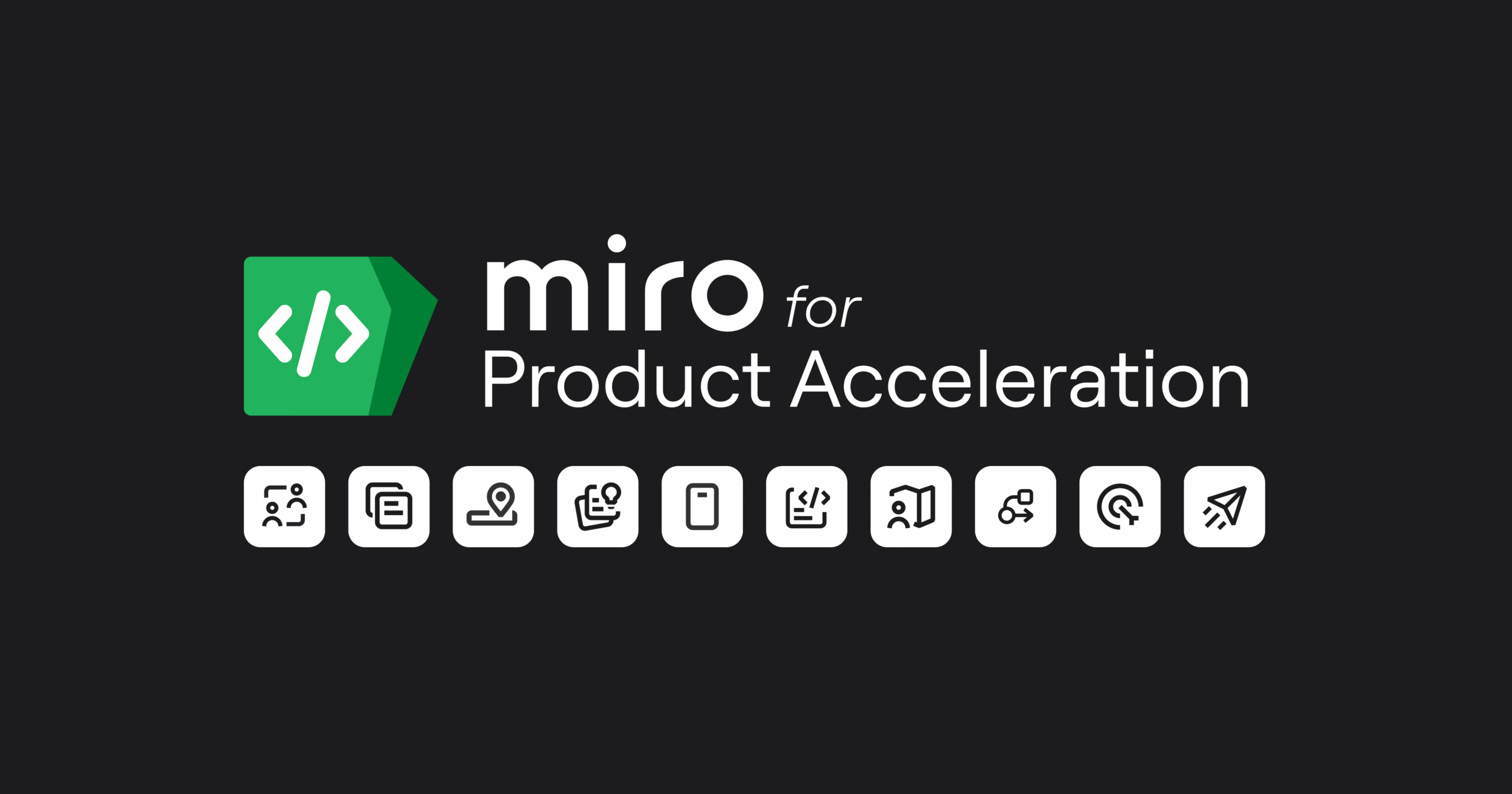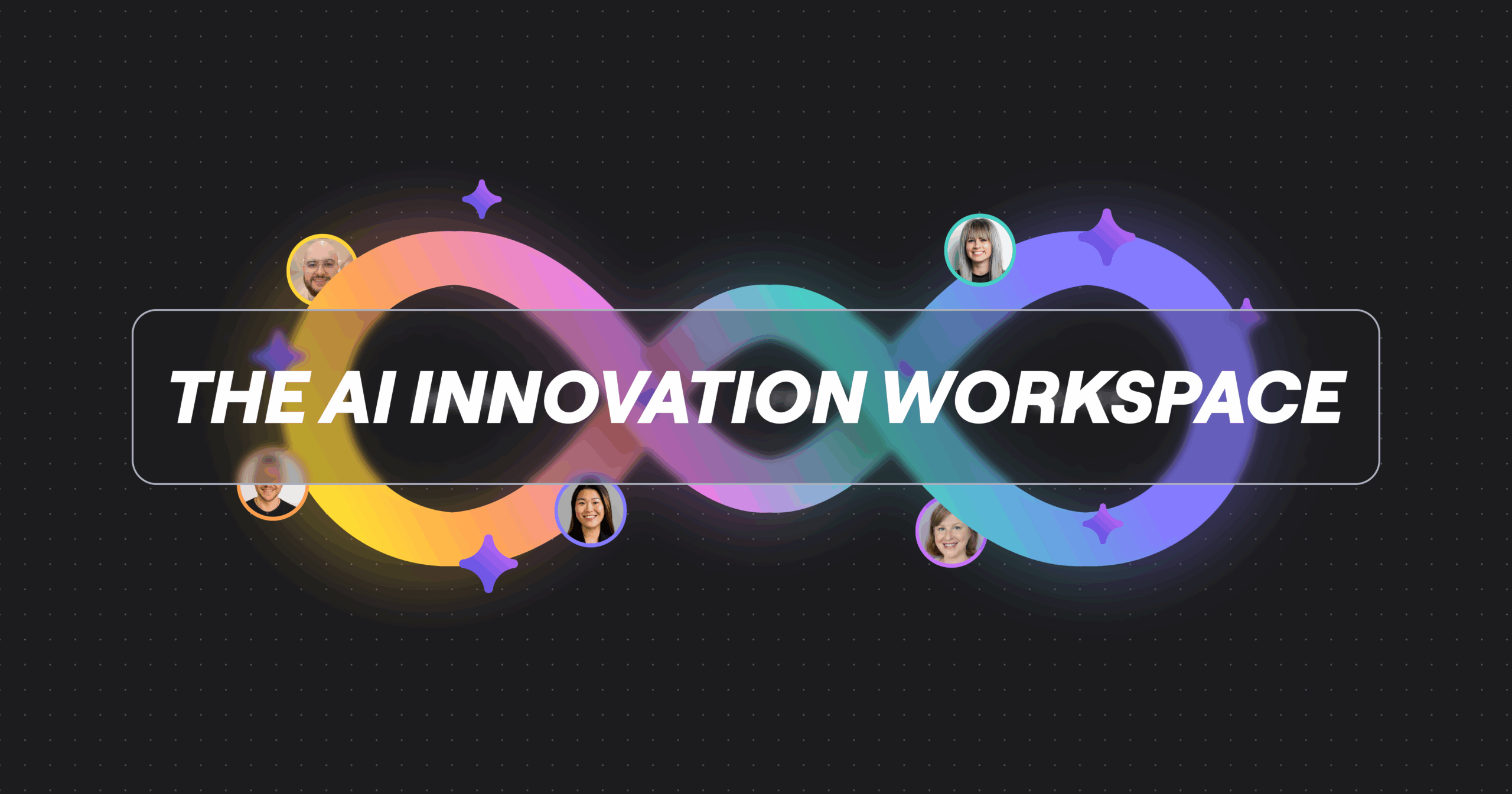At Canvas 25, the NFL’s product team shared how they use visual collaboration to untangle one of the most complex schedules in sports — and turn that complexity into seamless digital experiences for millions of fans worldwide.
The challenge of football complexity
On the surface, football seems straightforward: games each week, then the Super Bowl. But designing digital products around football is extraordinarily complex.
The regular season alone spans 18 weeks, with over half featuring non-standard elements — Friday games, international games, holiday games, double or triple headers, and rare Tuesday or Wednesday night games. Layer in alternate live streams with different coverages, multiple languages, audio streams, pregame and postgame shows, and location-based viewing restrictions. Then multiply this across preseason (completely different game schedules and rights), postseason (playoff bracket format), and offseason (tentpole events like combine, draft, and schedule release).
“All this to say, there’s a lot to coordinate when creating digital products for football. Visualizing this complexity helps us understand and articulate problems, facilitates alignment, and helps create impactful consumer-facing solutions.”
Lauren Manning, Senior Director of Product Strategy, Design, UX & Research at NFL
Three levels of visual problem-solving
Ecosystem level: milestone mapping
To navigate season planning, the NFL team created “milestone maps” — visual representations of the entire season that outline week-to-week football milestones while highlighting non-standard moments and business considerations. Each week gets a standardized card showing dates, what’s special, and open questions that transition into action items for execution.
These maps facilitate upstream strategic discussions, help the team prevent bugs or missed opportunities, and drive week-to-week operational runbooks. The approach proved so valuable that the NFL now has a dedicated team for milestone management.
Platform level: phasing complexity
When rebuilding their mobile app for the 2024 season, the team needed to define how the homepage would respond to the nuances of the football season. They mapped all programming blocks (live games, streams, pregame shows, previews, replays); outlined standard and non-standard weekly scenarios; then defined programming hierarchy for each content type across user states (free, basic subscriber, premium subscriber) in every scenario window.
“The resulting artifact in Miro allowed us to see all of these contextual programming states at a high level without needing a designed screen for every single variation,” Manning noted. “Working across product, strategy, design, and dev, everyone could layer in their individual perspectives, massaging and refining the logic before we began development.”
This mapping allowed engineering to identify higher-level programmatic patterns and simplify the logic before building — resulting in the contextual homepage zones fans experience today.
The same philosophy guided their multi-year NFL.com redesign. Jordan Haley, then Product Lead for Web Platforms and now Director of Product for Mobile Experiences, faced modernizing a platform with over a million active URLs and extensive football functionality. The team had 15 strategies and over 40 tactics to coordinate.
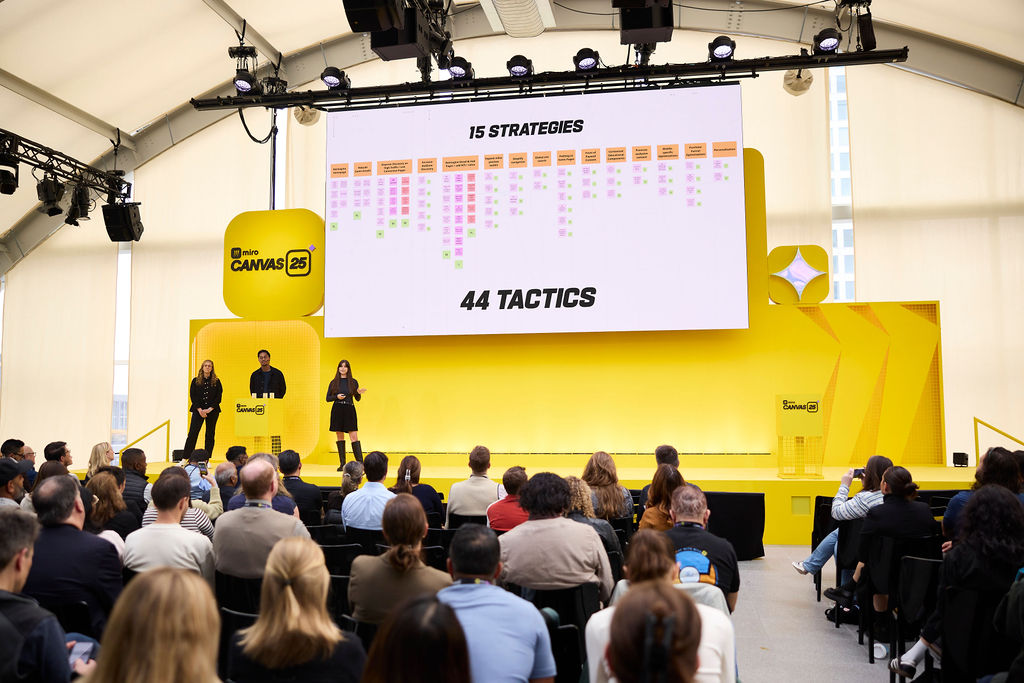
“Organizing this in Miro allowed us to collaboratively workshop with our team to find the right solution for us,” Haley explained. By visually defining objectives, assigning development sizing, and mapping dependencies, they created a phased rollout that maintained momentum while ensuring fans saw meaningful updates without waiting for a complete redesign.
Feature level: journey mapping
Chase Chapman, Senior Product Manager on the direct-to-consumer team, tackled subscription retention by mapping subscriber journeys. The team defined four activation milestones, segmented audiences across multiple dimensions, and mapped every step across platforms.
“This is where Miro really became essential. We mapped every step across platforms, showing who we should target, when prompts should trigger, and how to keep the experience consistent. And really the best part for me was how it brought every team into the same view … Everyone was working from the same playbook. And this really became our single source of truth.”
Chase Chapman, Senior Product Manager, Subscription Commerce & Retention at NFL
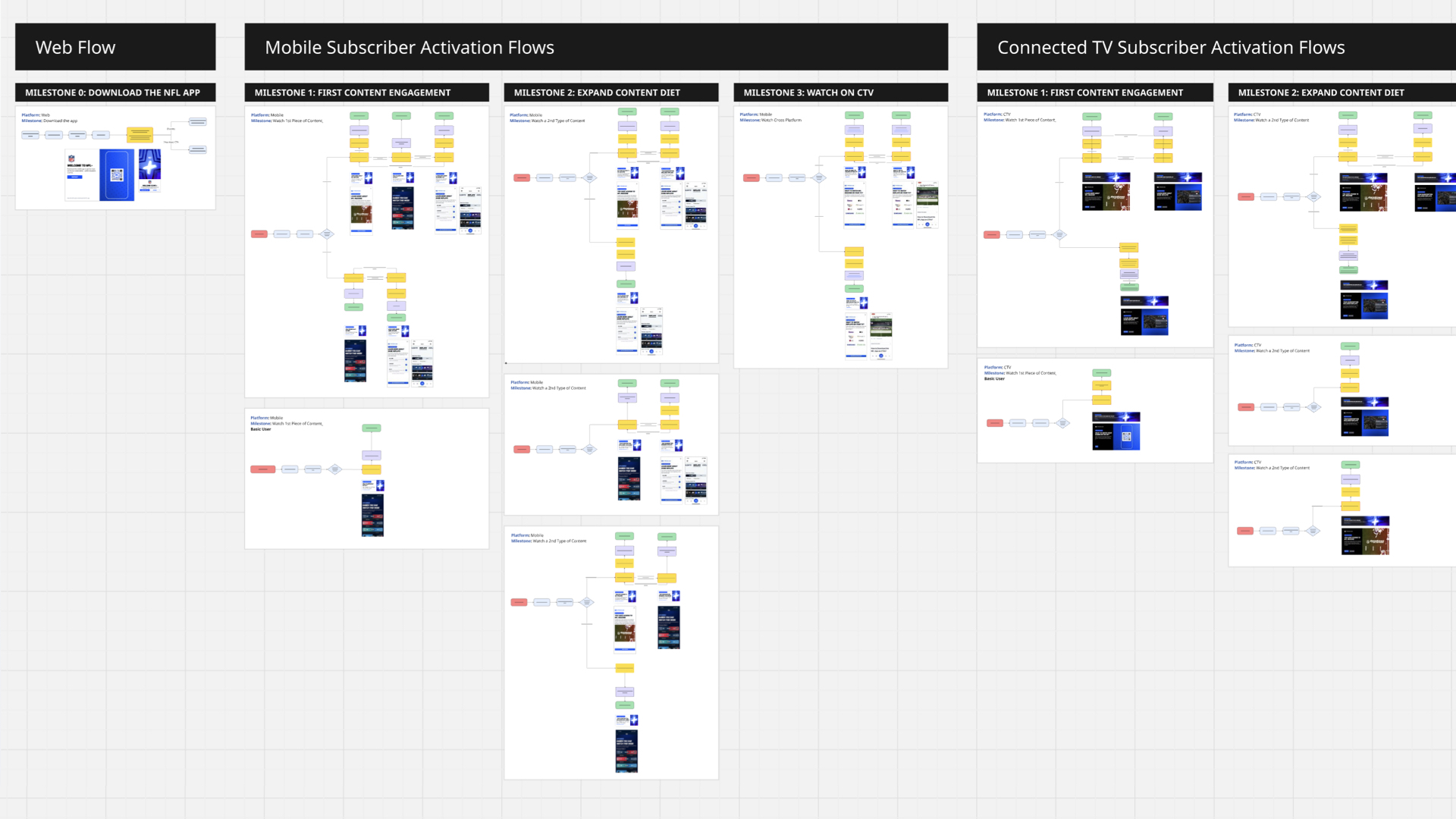
The universal pattern
Whether tackling ecosystem complexity with milestone mapping, platform redesign with phased strategies, or feature-level retention with journey mapping, the NFL team demonstrated a consistent approach:
- Visualize the problem,
- Bring cross-functional teams into a shared space to refine the solution, and
- Create alignment before execution
As Manning emphasized in closing their presentation:
“What’s unique here is just football, not the problems we’re solving. We’re not the first to deal with this and definitely not the last. But we were able to get to exciting outcomes that reached millions of fans by leveraging Miro as a critically helpful tool along the way.”
The chaos and challenges were real, but the process — documentation, socialization, mapping, alignment — helped the NFL get things over the goal line. For organizations navigating constant change and complexity, their approach offers a blueprint: if you can see it, you can solve it.


